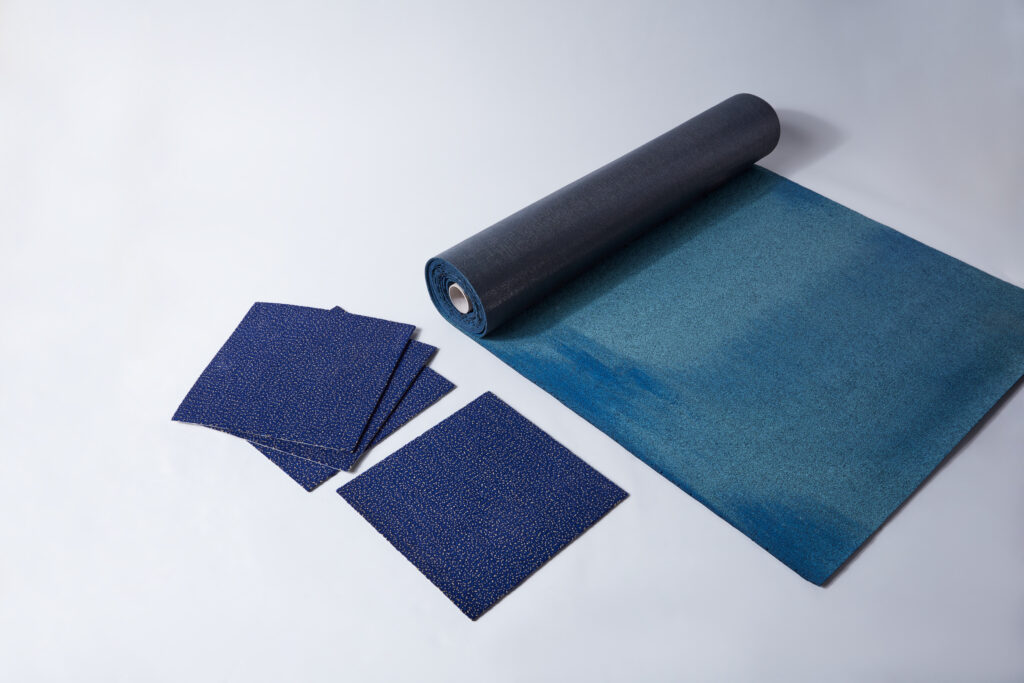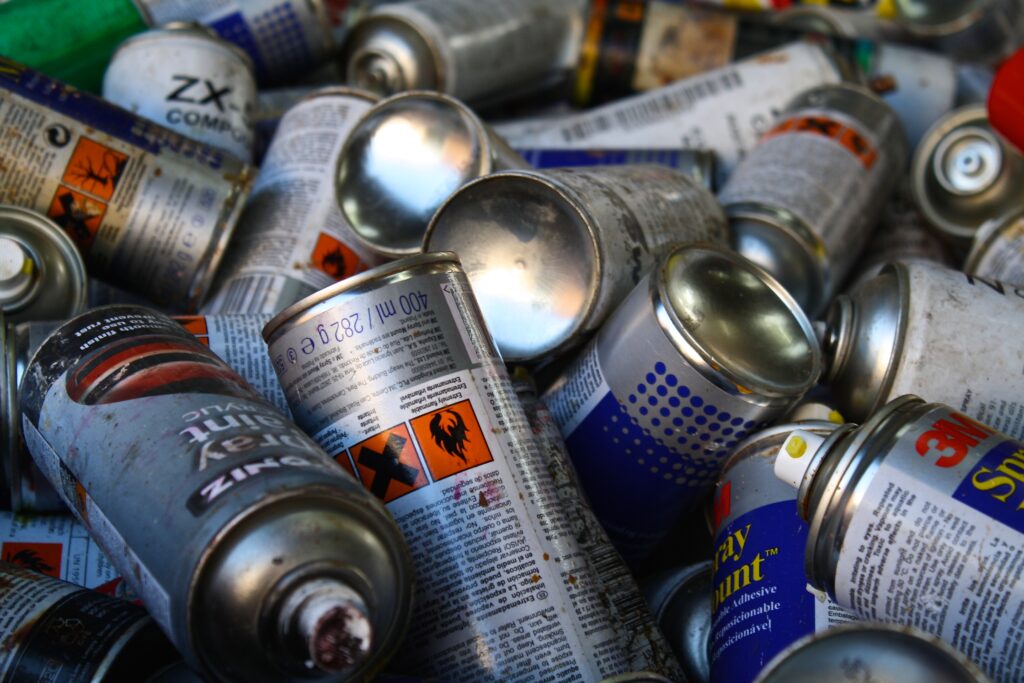The Audit Commission found that, on the whole, Sefton provides a “good” two star waste and recycling service that it will “probably improve”. But the Commission added that there was plenty of scope for improving the recycling service as while 88% of the public thought that recycling was important only 25% were satisfied with the council's recycling services.
The report stated: “The recycling rate is the highest in Merseyside and the service is on track to meet its 2003 target of 16% material recycled. We suggest that the satisfaction rating may represent a signal from the community that the council is not doing enough.”
Sefton council currently recycles 9.7%, but while the recycling service should meet its 2003 government target of 16%, the inspectors said that it will not meet the 2006 target of 24% without radically changing its policy.
Currently the council's recycling service consists of a fortnightly kerbside paper collection from 115,000 properties in the region which is run by Cheshire Recycling using its blue box scheme. Once collected, Cheshire Recycling takes the paper to the Bridgewater paper mill in Ellesmere Port. Participation in the scheme is good with Cheshire Recycling regarding Sefton as one of its higher performing customers. The council also operates 19 bring sites in the borough.
But while the council wants to recycle more materials, the lack of markets is making it difficult and the council estimates that the extra cost of financing multi-material kerbside recycling is between 2 and 5 per household per year. The council's existing waste and recycling service costs 4.8 million per year or 40 per household.
Absence of markets
The inspectors concluded: “The recycling rate is the highest on Merseyside and the public seems eager to see the council do more. The absence of markets for most recycled materials constrains the council at present.”
The situation is unlikely to improve because of the way the Merseyside Waste Disposal Authority (MWDA), who carries out the waste disposal, calculates its levy. The disposal authority does not provide an incentive to increase recycling, because the levy is not based on the amount of waste collected. MWDA is a statutory body owned by the five Merseyside councils and Sefton pays 6 million a year to the disposal authority.
Although recycling is currently cost-neutral because the 250,000 a year it costs the council to employ Cheshire Recycling is recovered in recycling credits from MWDA. The council claims recycling credits for every tonne of material it recycles. The amount
represents the cost it would have incurred if the material
had gone to landfill – the council will receive about 250,000 in 2001/2002. But while this is enough to cover the cost of a simple paper recycling programme, it will not cover the cost of collecting several materials. The inspectors suggested that Sefton could reduce its recycling costs by taking direct control of collection and negotiating a better sale price to local end users. The council is currently looking into developing local markets for glass and other recyclables with the Clean Merseyside Centre.
The Commission said that the council now needs to work with the disposal authority to develop a new waste disposal contract which should incorporate a waste strategy that provides an incentive to recycle.











Subscribe for free